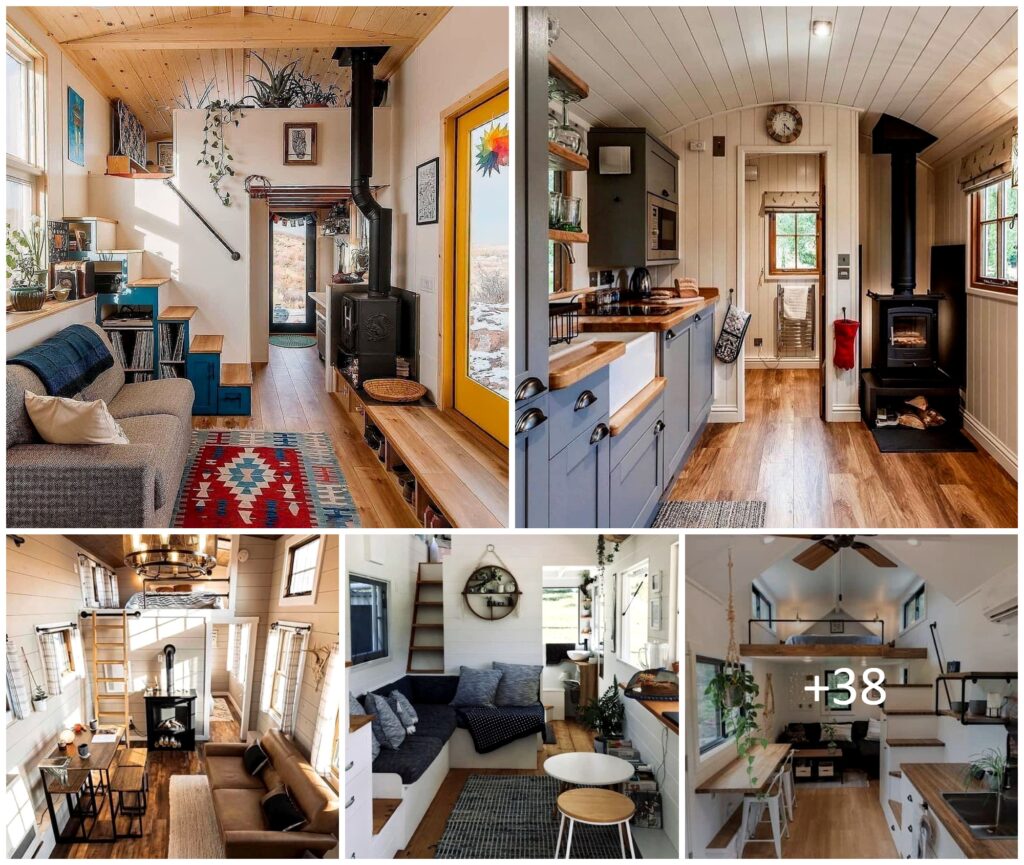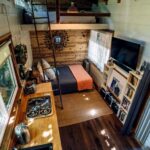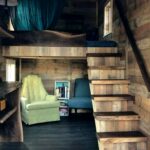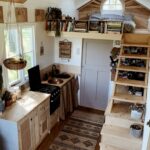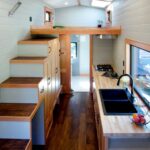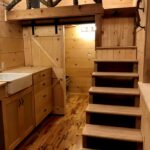Tiny homes have become increasingly popular in recent years, as more people look for unique and efficient living spaces. With limited square footage, it’s essential to make the most of every inch of a tiny home’s interior. Here are some creative interior design ideas to help make your tiny home feel spacious and stylish.
One key strategy for designing a tiny home is to maximize vertical space. Utilizing tall bookshelves or cabinets can help you take advantage of the height of the room, creating extra storage for belongings. Additionally, installing floating shelves or wall-mounted hooks can help keep surfaces clear and clutter-free.
Another design tip for tiny homes is to use light colors to create a sense of openness. Painting walls in light shades like white or pastel tones can make a space feel brighter and more expansive. Additionally, incorporating plenty of natural light through windows or skylights can further enhance this feeling of spaciousness.
When it comes to furniture, choosing pieces that serve multiple functions can be a game-changer in a tiny home. Opt for a sleeper sofa or murphy bed that can double as seating during the day and a comfortable sleeping area at night. Additionally, consider investing in furniture with built-in storage solutions, such as ottomans with hidden compartments or coffee tables with drawers.
In a small space, every detail matters, so be mindful of the accessories you choose to decorate with. Incorporating mirrors can help reflect light and create the illusion of a larger room. Adding textiles like rugs, curtains, and throw blankets can also bring warmth and personality to the space without overwhelming it with clutter.
Lastly, don’t be afraid to get creative with your tiny home design. Consider unconventional layouts or storage solutions, such as utilizing under-bed storage or installing a loft area for sleeping. Embrace minimalism and declutter regularly to ensure that your space remains functional and inviting.
In conclusion, designing a tiny home interior requires thoughtful planning and creativity. By maximizing vertical space, using light colors, selecting multi-functional furniture, choosing the right accessories, and thinking outside the box, you can create a stylish and efficient living space that maximizes every inch of your tiny home.
 redboth.com Decoration ideas for your home
redboth.com Decoration ideas for your home

